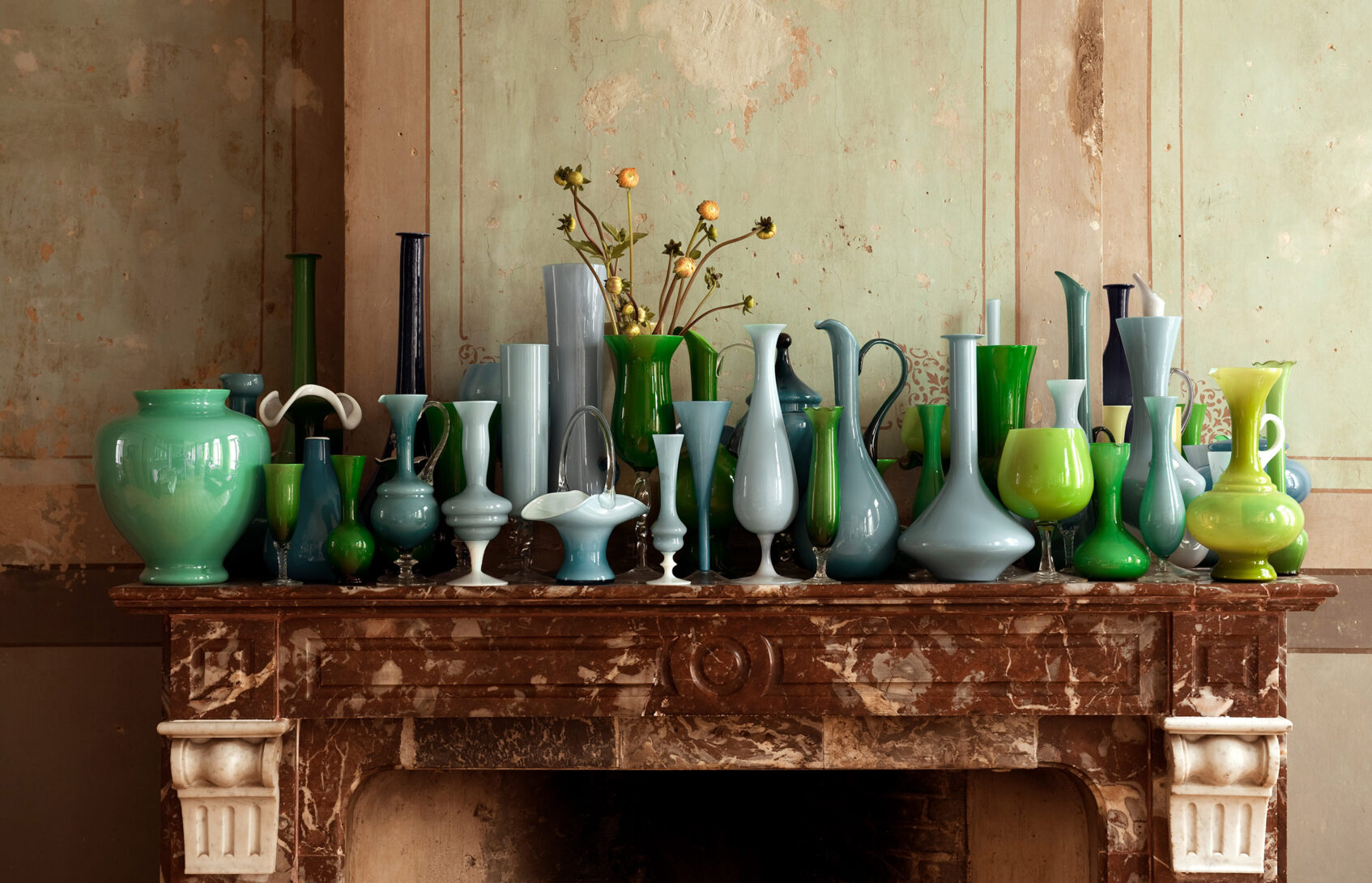You’ve made the decision to move to a smaller home. There isn’t room for all your belongings, but how do you decide which items make the cut?
Downsizing is often associated with retirement, but today, people of all ages are embracing the idea of living with less. More baby boomers and Gen Xers are nearing or entering retirement and considering how and where they want to live. And the pandemic triggered many people to think about “rightsizing” — updating their existing living space to accommodate their current life needs or goals while purging their home of items they don’t use or need.
That said, downsizing can be a challenging, emotional process. It often is hard to decide what to keep and what to sell, throw away, or donate — especially when it comes to personal items like photographs. If you have decided to rightsize, here’s a look at why making the hard decisions now is worth considering, as well as how to start the process.
The financial impact
The cost of holding onto material goods you no longer need can add up. Roughly 11% of Americans rent storage space, with an average monthly cost of $100 (and climate-controlled facilities cost even more).1
The cost of holding onto too much house for your needs can also add up. Even if you don’t rent extra storage space, you’re still paying to store your possessions in your current home — you can get a sense of the expense if you calculate the cost per square foot of your home and consider how much space is consumed by your belongings. And then there’s the care involved — if you downsize, you may reduce the need to clean (or pay a cleaner) as much or perform as much maintenance.
Eliminate some of these costs and you can possibly redirect that money toward something more meaningful to you — travel or other experiences, charity, or adding to your savings.
The psychological impact
Clutter in our homes can impact the way we think and feel. In fact, studies have found that some women who perceived their homes as cluttered had high levels of the stress hormone cortisol throughout the day, while women who described their homes as organized and restful had lower levels. Researchers have also linked clutter to sleep problems, poor eating habits, and negative satisfaction with life — with not just our home life, but our perceptions of the world around us.2
Knowing that we might be healthier and happier with less stuff doesn’t make it any easier to part with it. We often feel guilty about disposing of things we received as gifts or family heirlooms — there’s a sense we should keep them. But if it’s not something you value and enjoy, why keep it?
The family impact
We often feel an emotional connection with the things we own, especially items we consider family heirlooms. If you’re holding onto these items, such as furniture or jewelry, in hopes of leaving them to your adult children, consider asking them now if they really want those items. Things that you consider timeless might not have the same value to your kids. Sit down with your children and ask them what they want (and what they don’t) — and consider gifting those items to them sooner instead of after your death.
This review and gifting process can also be part of something known as Swedish death cleaning, which isn’t as morbid as it sounds. It’s a practical approach to downsizing that encourages you to get rid of items that you don’t need anymore so that no one has to do it for you after you die. In that way, the downsizing itself can also be a gift to your family.
Ready to start paring down?
Deciding that you can make do with fewer possessions is one thing, but actually getting rid of your belongings is another. Here are a few tips to help you dive in.
- Take your time. You’ve likely spent years accumulating a house full of possessions, so don’t expect to sort through them all in a few days. To make it easier on yourself, try to spread the work out over several weeks. If you’re planning a move and there are items you know you’ll need later, go ahead and pack them now to get them out of the way.
- Go room by room. Break this big task down into manageable pieces by going room to room and creating an inventory list. A full inventory of your belongings can help you see if you own multiples of certain items or could uncover pieces you’ve forgotten about. A room-by-room inventory can also help you compare the spaces in your current and new homes to determine what you’ll have space for — for example, will you need a formal dining table, and will you have as many bedrooms?
- Determine what’s essential. You’ll still need everyday basics, like dishes, bed linens, and clothing. But you may not need as many of these items — maybe two sets of sheets instead of four, or eight table settings instead of 12. This is also a good time to decide if any of your essential items are worn out and need to be replaced.
Whether you’re rightsizing because your children have grown and flown, as a lifestyle choice, or due to retirement, it can be a daunting task. Be kind to yourself by taking it one step at a time and involving your family in candid discussions over what to keep or discard. Over the long term, you may achieve a better financial and emotional outcome.
1. “U.S. Self-Storage Industry Statistics,” sparefoot.com, January 27, 2023 2. Brody, Barbara, “How Clutter Can Affect Your Health,” WebMD.com. Medically reviewed by Jabeen Begum, MD, on August 28, 2023.



